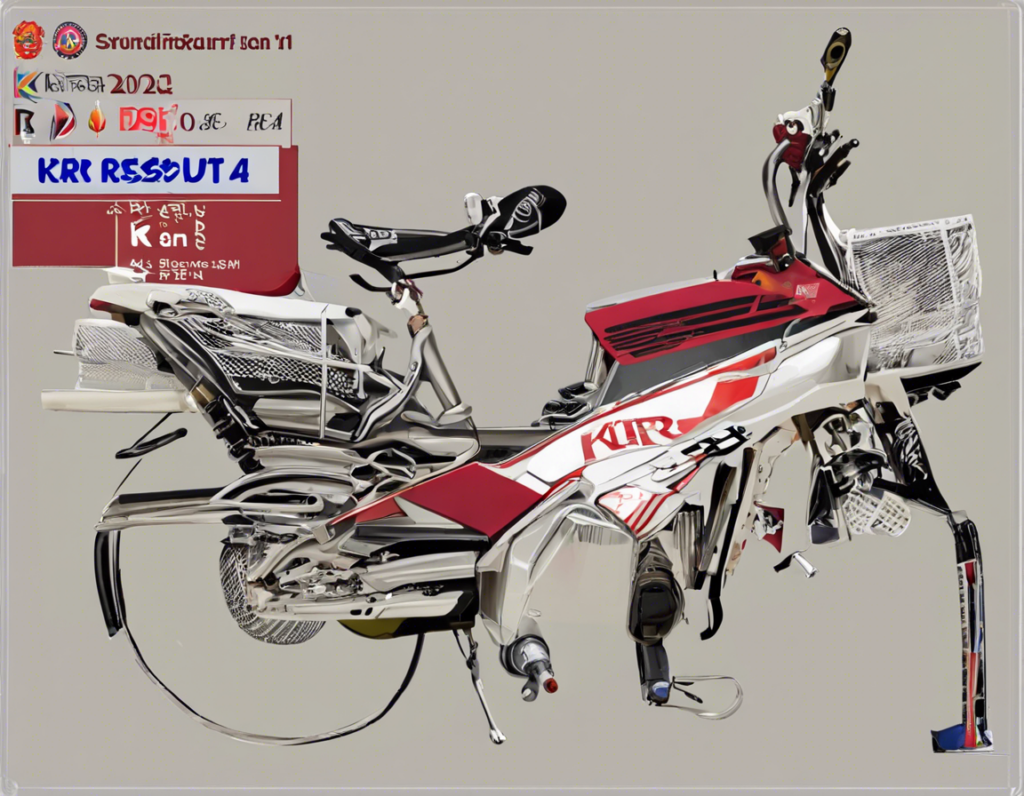With the 2024 KRR results out, there is a buzz in the air as the implications of these results start to unravel. The Karnataka State Secondary Examination Board has declared the Key Resultant Ratios (KRR) for the year, and like every year, it gives a snapshot of the performance and trends in the education system. In this article, we will delve into the impact of the 2024 KRR results, analyzing the data and extrapolating the insights it offers.
Understanding KRR Results
Before we jump into the analysis, let’s first understand what KRR results entail. Key Resultant Ratios (KRR) are a set of key metrics that reflect the overall performance and success rates in board exams. These ratios include pass percentage, average marks secured, subject-wise performance, district-wise comparisons, and more. KRR results are instrumental in evaluating the efficacy of the education system, identifying strengths and weaknesses, and guiding policy decisions for improvement.
Trends in Pass Percentage
One of the most closely watched metrics in the KRR results is the pass percentage. It offers a bird’s eye view of how many students have cleared the exams successfully. The 2024 KRR data reveals a marginal increase in the pass percentage compared to the previous year, indicating a positive trend in student performance.
- Overall Pass Percentage: The overall pass percentage for the 2024 KRR stands at 85.5%, up by 1.5% from the previous year.
- Gender-based Analysis: While the pass percentage among male students saw a slight dip, female students showed a steady rise in pass percentage, narrowing the gender gap.
Subject-wise Performance
Another crucial aspect of the KRR results is the subject-wise performance analysis. It sheds light on the strengths and weaknesses of students in different subjects, providing valuable insights for educators and policymakers.
- Mathematics and Science: Mathematics and Science continue to be the subjects with relatively lower pass rates, indicating a need for targeted interventions and support mechanisms.
- Languages: Languages like English and regional languages demonstrated a consistent performance, with a marginal improvement in pass percentages.
District-wise Disparities
Analyzing the KRR results at a district level unveils disparities in educational outcomes and highlights areas that require focused attention and resources.
- Urban vs. Rural Disparities: The KRR data showcases a persistent gap in pass percentages between urban and rural areas, pointing towards the need for equitable educational opportunities and infrastructure.
- Top-performing Districts: Districts with higher socio-economic indicators reflected better KRR results, emphasizing the role of socio-economic factors in academic performance.
Insights for Improvement
Drawing insights from the 2024 KRR results, it is imperative to identify key areas for improvement and strategic interventions.
- Enhancing STEM Education: Given the challenges in Mathematics and Science performance, there is a need to strengthen STEM education through innovative teaching methods and teacher training programs.
- Addressing Gender Disparities: Focusing on enhancing educational outcomes for male students, especially in subjects where they lag behind, can help bridge the gender gap in academic performance.
Leveraging Technology for Evaluation
In the digital age, technology plays a pivotal role in streamlining evaluation processes and enhancing result analysis.
- Online Evaluation Systems: Implementing online evaluation systems can expedite result processing and minimize errors, leading to timely declaration of KRR results.
- Data Analytics Tools: Utilizing data analytics tools can provide in-depth insights into student performance patterns, facilitating targeted interventions for improvement.
Frequently Asked Questions (FAQs)
-
What is the significance of KRR results in the education system?
KRR results serve as a barometer of academic performance, guiding policy decisions and interventions for educational improvement. -
How are KRR results calculated?
KRR results are calculated based on key metrics such as pass percentage, average marks, subject-wise performance, and district-wise analysis. -
What role do KRR results play in curriculum development?
KRR results offer valuable insights into subject-wise performance, helping educators tailor curriculum to address specific learning needs. -
How can schools utilize KRR results for student academic support?
Schools can analyze KRR results to identify students in need of extra academic support and provide targeted interventions to enhance their performance. -
Are there any external factors that can influence KRR results?
External factors such as socio-economic status, access to resources, and teaching quality can impact KRR results and academic performance.
In conclusion, the 2024 KRR results offer a comprehensive snapshot of the educational landscape in Karnataka, pointing towards areas of success and opportunities for improvement. By leveraging the insights drawn from the KRR data, education stakeholders can chart a course towards enhancing academic outcomes and fostering a holistic learning environment for students.
